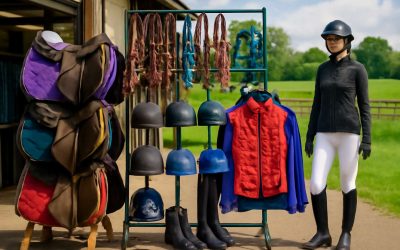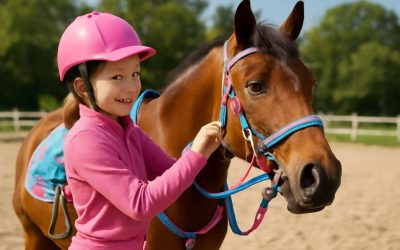
Riding boots are not just a fashion accessory, but an essential tool to help you safely ride and train horses. They support the ankles, provide stability, and protect the legs from rubbing. They are also a requirement for competitive events, like dressage and show jumping. There are many different types of riding boots, and choosing the right one for you depends on your needs and goals. When shopping for riding boots, make sure to consider their size, materials, and components. You should also try them on, and be sure that they feel snug without being tight.
Riding Boots for Kids
For children, it is important to find a pair of boots that fit well and are comfortable to wear. Kids’ feet grow fast, so it is best to select a pair that is close to the size of their foot when they are still growing. A pair of tall boots that are too large may be unsafe and uncomfortable, as they will not offer proper support or stability.
When selecting a pair of riding boots for kids, it is important to choose ones that are made of durable and flexible materials. They should be able to easily be put on and removed by the child, as they will need to do this frequently. Also, make sure that the boots are a comfortable fit, and they do not pinch or rub.
Adult riders can choose from a variety of styles and materials for their riding boots. The most popular choice is leather, but synthetic materials have improved recently and are a good alternative. It is also important to keep in mind that your riding style and frequency will influence the type of boots you need. For example, if you ride occasionally for fun, a pair of paddock boots will be sufficient. For competitions, a pair of tall English riding boots with a more formal look is necessary to complement your show attire.
The height of a riding boot is another important factor to consider, as it will impact how you sit in the saddle. For example, a tall English riding boot with a slightly lower heel can help you stay balanced and in a better position to be effective when riding.
For Western riding, boots with a higher heel can be beneficial because they will not slip out of the stirrups as easily as those with a lower heel. Also, many Western-style riding boots have crepe soles, which are more likely to grip the grit and dirt found in stables.
It is important to replace your riding boots at the first sign of significant wear and tear, or if you have experienced discomfort when wearing them. Riding boots are a significant investment, and they must be kept in good condition for safe use and performance. If you are unsure of what kind of riding boot you need, visit an equestrian shop for expert advice and recommendations. A knowledgeable salesperson can assist you in finding a pair of riding boots that are perfectly suited to your needs and will provide you with years of enjoyment and safety.



0 Comments